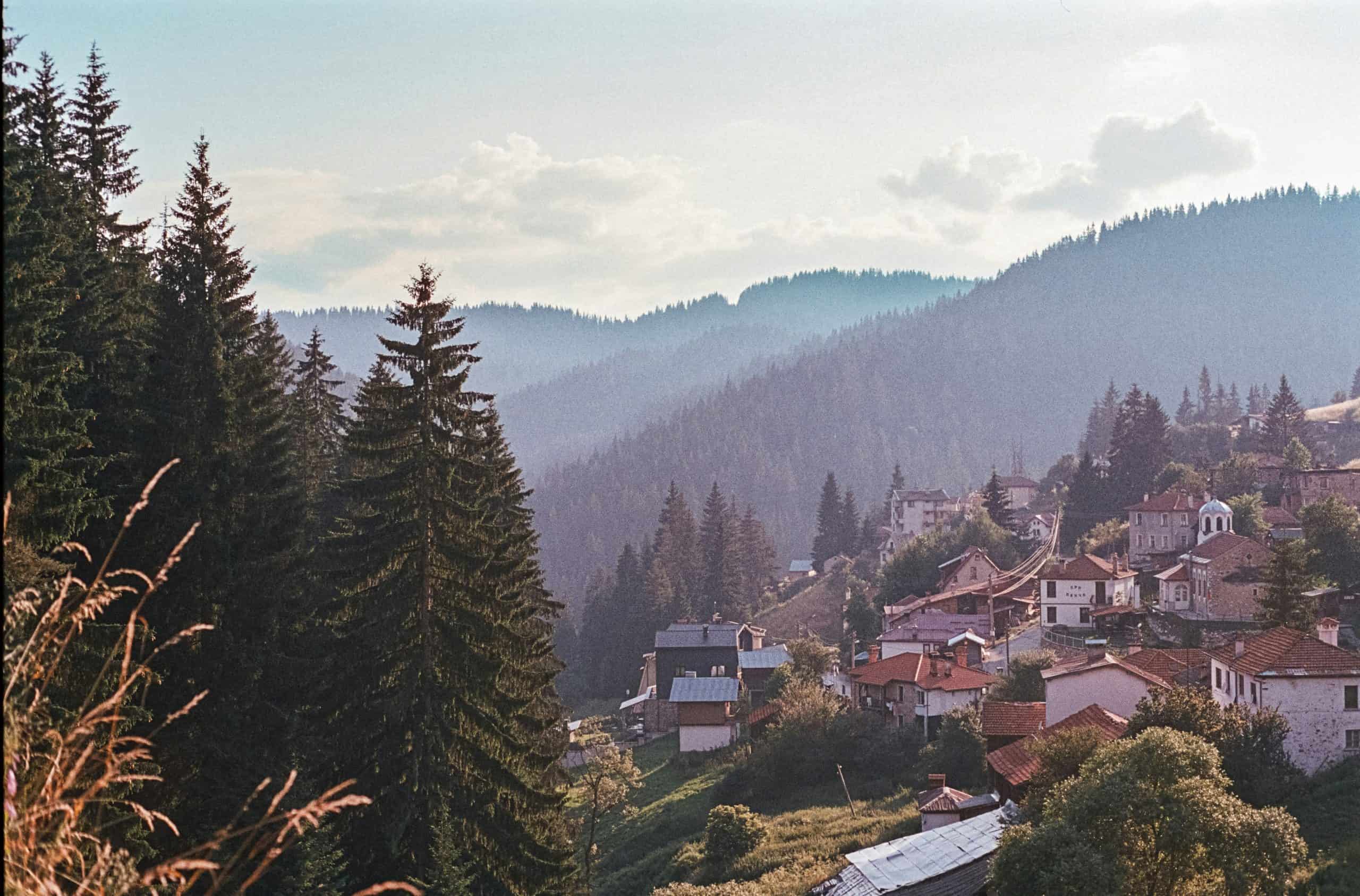Legendary Bulgarian Yoghurt: Why Chinese Tourists Are Visiting Bulgaria’s Momchilovtsi Village
Have you heard about the Bulgarian yoghurt? Close your eyes and imagine a quaint mountain village in Bulgaria, nestled in the Rhodope Mountains near the Greek border. Now, add hundreds of Chinese tourists flocking there every year. Why? Not for the ski slopes or ancient ruins, but for something far more… cultured. We’re talking about Bulgarian yoghurt.
That’s right. The humble, creamy snack is the star attraction in Momchilovtsi, drawing crowds from across the globe for a festival dedicated entirely to its fermented glory. It’s a full-blown yoghurt-palooza, complete with folk singers, bagpipers, and local producers handing out samples of their prized creation. It’s a bit quirky, a lot delicious, and a fascinating example of modern tourism.
The Bulgarian Yoghurt Craze in China
So, what’s the big deal? The obsession kicked off back in 2009 when a savvy Chinese dairy company decided to import the specific bacteria found in Momchilovtsi’s local yoghurt. They branded it “Mosilian,” and it became a massive hit, landing on the shelves of nearly every supermarket in China. It’s basically the avocado toast of the Chinese dairy aisle.
This isn’t just marketing fluff. The magic lies in a unique bacterium, Lactobacillus bulgaricus, which is native to the region. Way back in the early 20th century, scientists Stamen Grigorov and Élie Metchnikoff figured out that this little microbe was helping Bulgarian peasants live unusually long lives. It’s considered one of the world’s first probiotics, celebrated for boosting health and immunity. Let’s be real, who doesn’t want to live longer by eating something delicious?
A Taste of Tradition and Tourism
For the Chinese tourists visiting Momchilovtsi, it’s a pilgrimage to the source. “Bulgarian yoghurt is very popular in China… so we want to try the pure yoghurt here,” said Ge Lin, a 37-year-old tourist. It’s like a wine lover visiting Bordeaux or a coffee fanatic trekking to Colombia—it’s all about experiencing the authentic original.
The local producers, some of whom have picked up a bit of Chinese, are the rockstars of this festival. Fourth-generation livestock breeder Dimitar Danchev explains that the yoghurt’s character changes with the seasons. In spring, when animals graze on fresh grass, the yoghurt is different from the thicker, richer version made in autumn.
This unique blend of science, history, and taste has turned Momchilovtsi into an unexpected hotspot. It’s a testament to how a simple, traditional food can cross borders and create a global phenomenon, one spoonful at a time. And for the village’s 95-year-old residents like Mitra Pareva, who has eaten yoghurt her whole life, it’s simple: “Yoghurt is good for me.” Can’t argue with that.







